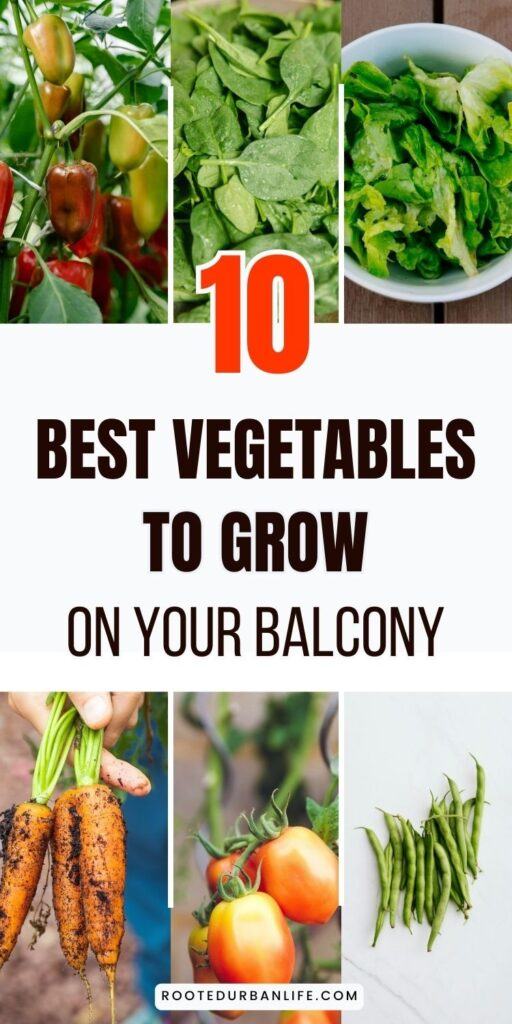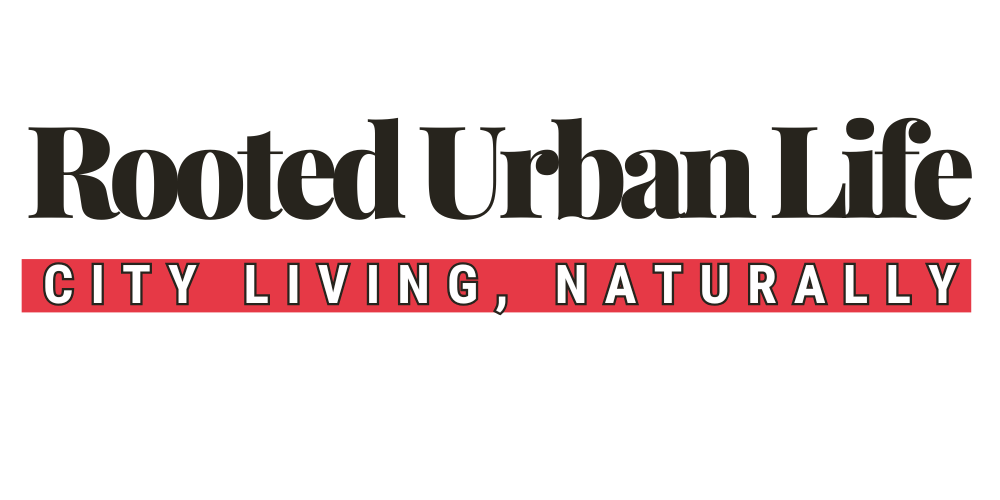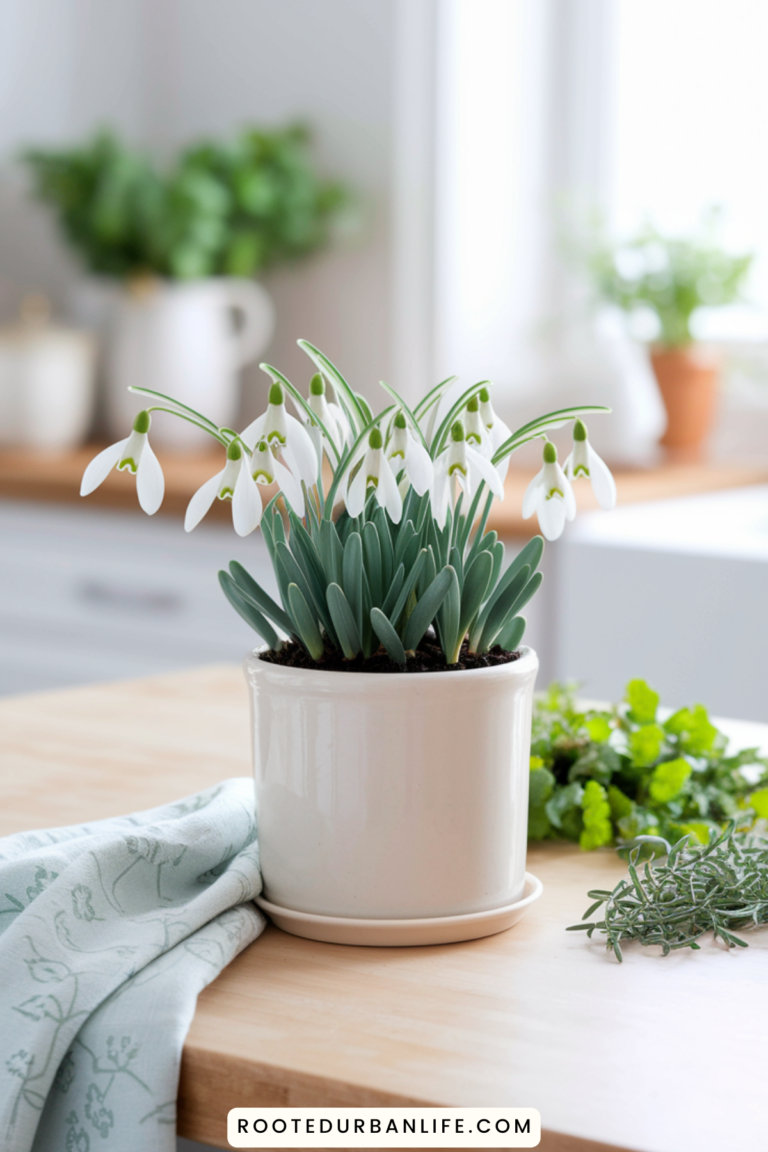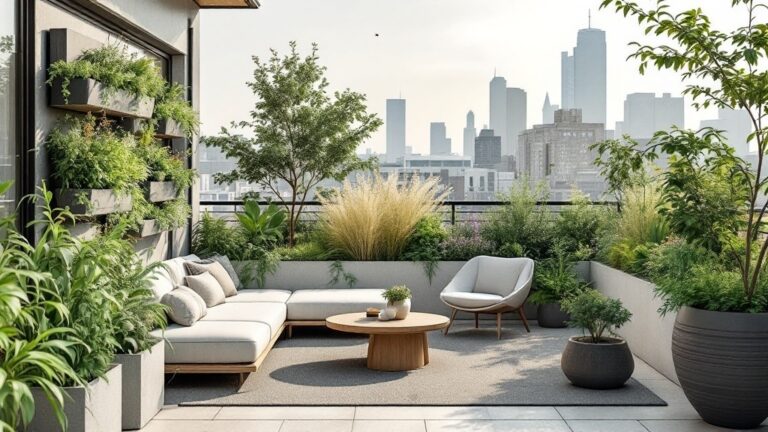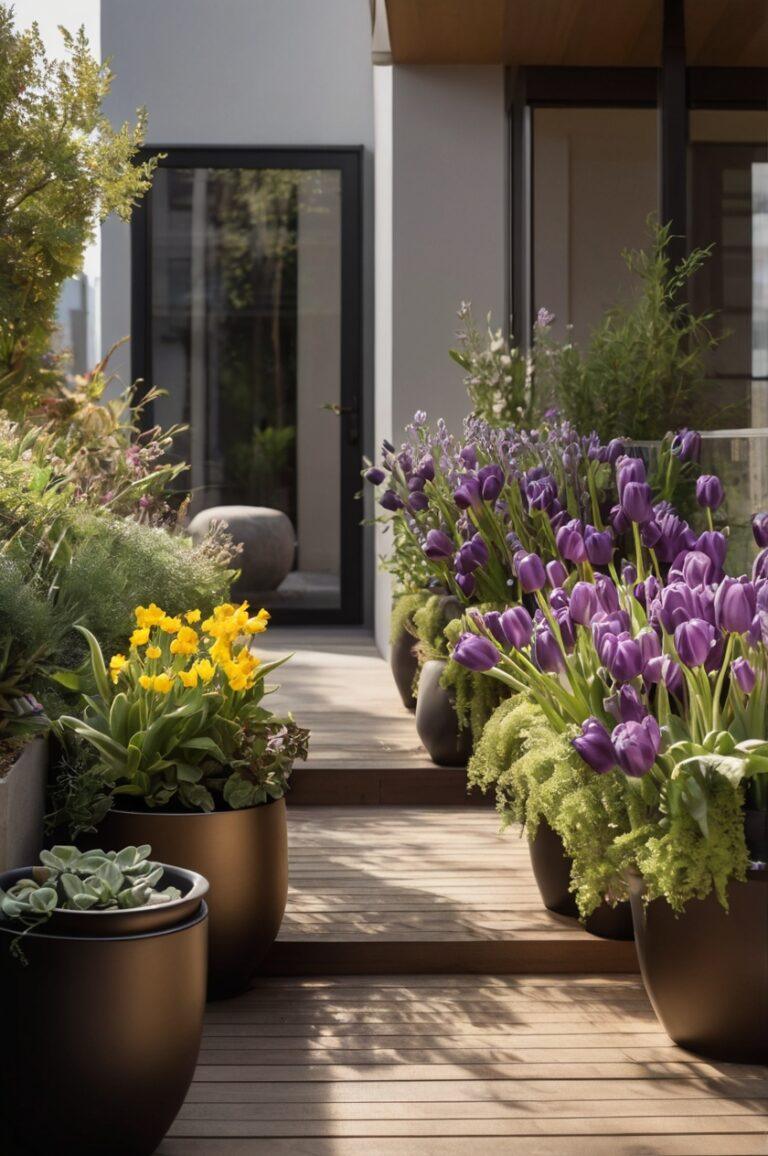Small Space, Big Harvest: 10 Veggies to Grow on Your Balcony
Transform Your Urban Space into a Productive Garden with These Container-Friendly Vegetables
Challenge: Urban living often means limited outdoor space, but that doesn’t mean you have to sacrifice the joys of gardening. Many city dwellers face the challenge of growing their own fresh produce without a traditional garden plot. Balconies provide a unique opportunity to create a productive space, but they come with their own set of challenges, from limited sunlight to weight restrictions. How can you maximize your balcony’s potential and enjoy a thriving vegetable garden?
What You Will Learn: In this guide, you’ll discover the top 10 vegetables that thrive in balcony containers, complete with practical tips tailored for urban environments. Learn how to select the best containers, optimize sunlight exposure, and ensure proper care for your plants. We’ll also explore sustainable practices and innovative techniques to overcome the common obstacles of small-space gardening. By the end of this post, you’ll be equipped with the knowledge and confidence to transform your balcony into a vibrant, edible oasis.
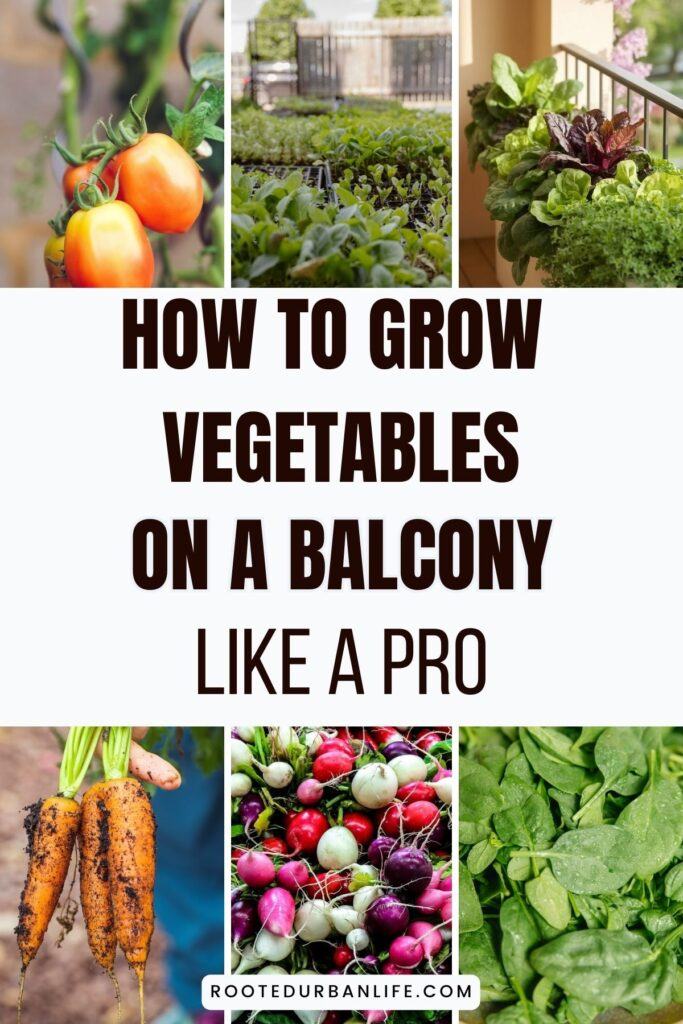
1 Herbs
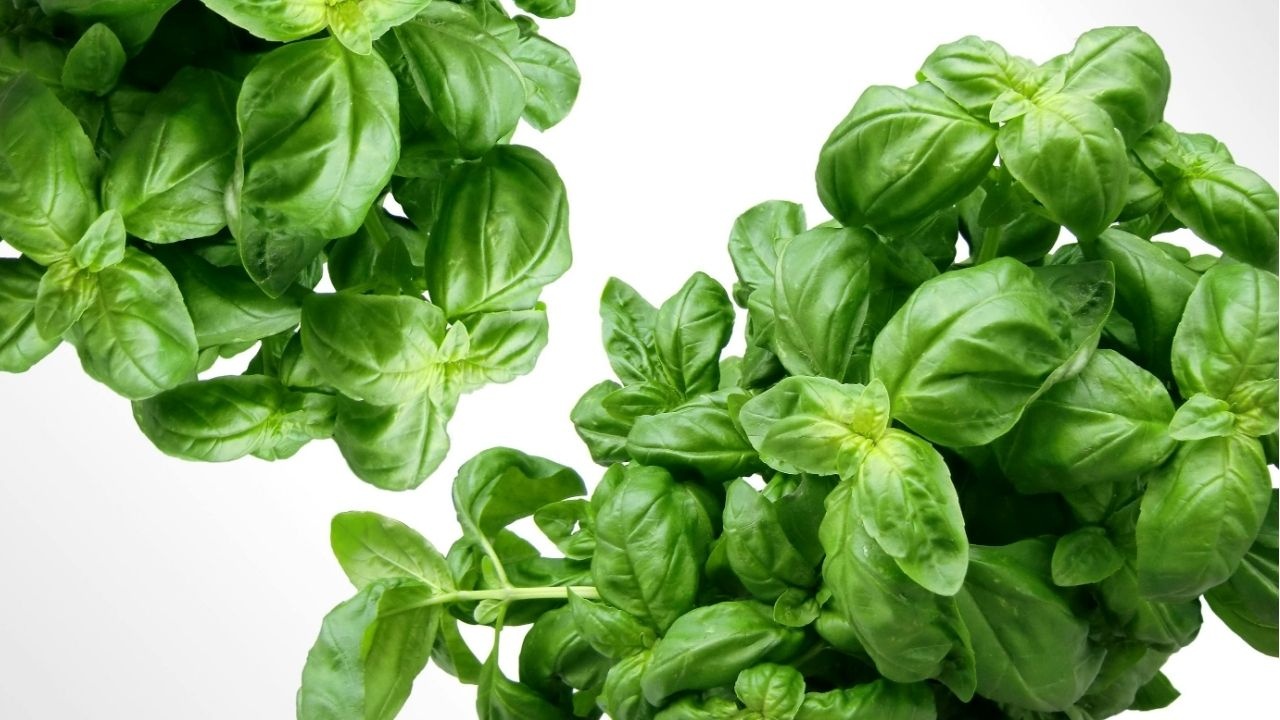
Growing herbs in containers is an easy and rewarding way to add fresh flavors to your meals. Basil, mint, and parsley are excellent choices for a balcony—they’re compact and adapt well to pots. They need plenty of sunlight, so place them where they’ll get at least six hours daily, and water when the top inch of soil feels dry (test it with your finger). Regular trimming encourages fuller growth, so don’t hesitate to snip leaves for cooking or to keep the plants healthy. Use a well-draining potting mix, and consider adding a small amount of compost for extra nutrients. A 6- to 8-inch pot suits most herbs, making them a simple starting point for beginners.
Fresh herbs transform ordinary meals into culinary adventures, and they’re among the most rewarding container plants for beginners. Basil, mint, rosemary, thyme, and cilantro thrive in balcony environments with minimal space requirements.
🪴 Container recommendations: 6-8 inch pots for individual herbs, or try a divided herb planter
🌱 Soil needs: Well-draining potting mix with 20% perlite for improved drainage
☀️ Light requirements: 4-6 hours of sunlight (mint and parsley tolerate partial shade)
💧 Watering tips: Keep soil consistently moist but never soggy; herbs hate wet feet!
✂️ Harvesting hack: Regular trimming encourages bushier growth—harvest from the top down
Want to learn more? Check out our complete guide to start a balcony herb garden.
2 Bell Peppers
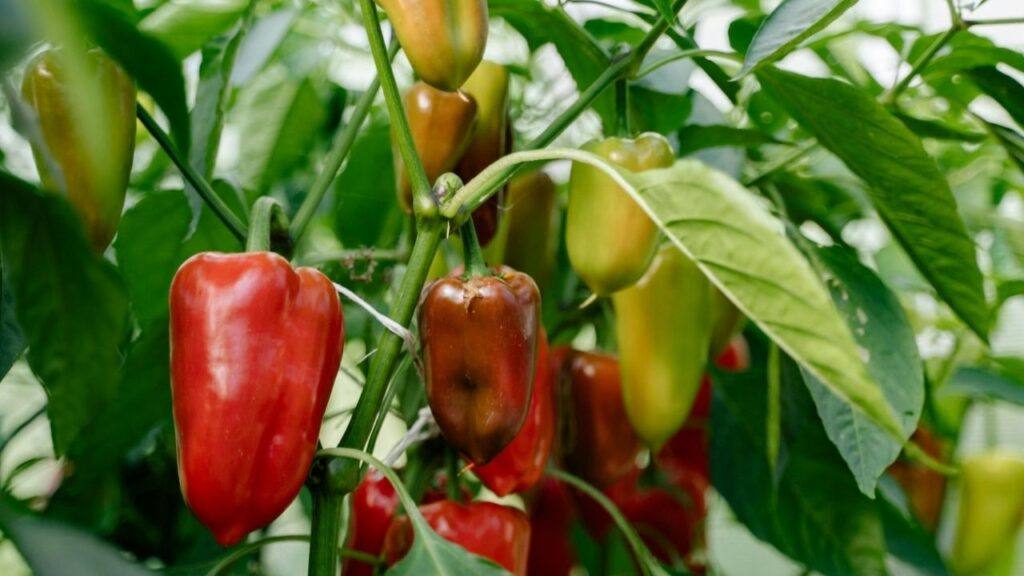
Bell peppers are a great addition to a balcony garden, bringing bright colors—red, yellow, green—and a sweet, crisp taste to your table. They grow well in containers and need consistent sunlight, ideally six to eight hours per day, so choose a spot that stays well-lit. Water them regularly to keep the soil moist but not waterlogged, and feed them every two to three weeks with a balanced fertilizer, such as a 10-10-10 mix, to support healthy fruit development. A 12-inch pot gives their roots enough space, and good drainage is key to avoiding rot. Watch for signs of stress, like wilting leaves, and adjust water or light as needed.
🪴 Container recommendations: 12-inch deep pot with at least 2-3 gallons capacity per plant
🌱 Best varieties: ‘Redskin,’ ‘Sweet Banana,’ and ‘California Wonder’ perform exceptionally in containers
☀️ Light requirements: 6-8 hours of direct sunlight for optimal fruit production
💧 Watering needs: Consistent moisture; wilting indicates immediate water needed
🌡️ Temperature tip: Peppers love warmth—place containers against a sun-warmed wall to boost growth
🌿 Companion planting: Grow with basil or marigolds to deter pests naturally
3 Green Beans
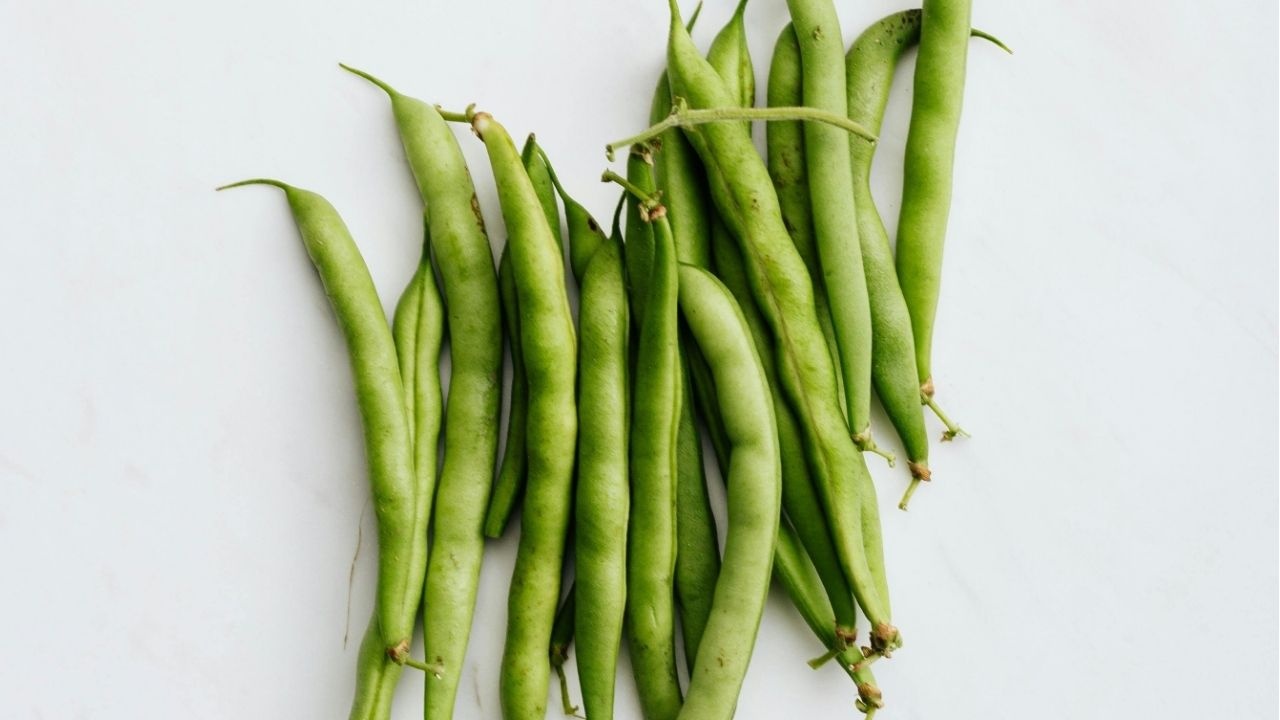
Green beans are a smart pick for balconies because they grow vertically, making good use of limited space. With a trellis or a few stakes, they’ll climb upward and produce a steady supply of tender beans. They thrive with six to eight hours of sunlight and consistent watering—keep the soil evenly moist, especially during flowering. A container at least 10 inches deep works best, and you can sow seeds directly into the soil. Pole varieties are ideal for their climbing habit, though bush types can work if space is extra tight. Harvest regularly to encourage more beans, and you’ll enjoy fresh picks throughout the season.
🪴 Container recommendations: 12-inch deep pot with trellis or cage support
🌱 Best varieties: ‘Mascotte,’ ‘Tendercrop,’ and ‘Kentucky Wonder’ for container cultivation
☀️ Light requirements: At least 6 hours of direct sunlight daily
💧 Watering strategy: Consistent moisture, especially during flowering and pod development
✂️ Harvesting secret: Regular picking encourages continued production—harvest every 2-3 days
🌿 Space-saving tip: Plant beans in a railing-mounted planter with climbing support for vertical growth
Discover more vertical growing techniques in our vertical gardening for beginners article.
4 Cherry Tomatoes

Cherry tomatoes are a popular choice for balcony gardening, offering small, sweet fruits that are easy to grow in containers. They need a sunny spot with at least six hours of light daily—eight is even better—so position them carefully. Water deeply when the soil starts to dry, ensuring the pot has drainage holes to prevent soggy roots. A 14-inch container provides ample room, and staking or caging keeps the plants upright as they bear fruit. For better yields, pinch off small side shoots (called suckers) between the main stem and branches. With a rich soil mix and regular care, you’ll have a steady supply for salads or snacks.
🪴 Container recommendations: Minimum 5-gallon container per plant (12-14 inches deep)
🌱 Best varieties: ‘Tumbling Tom,’ ‘Tiny Tim,’ and ‘Balcony’ varieties developed specifically for containers
☀️ Light requirements: Full sun (6+ hours daily)—south or west-facing balconies are ideal
💧 Watering needs: Consistent moisture; check daily during summer heat
🌿 Pro tip: Plant basil alongside tomatoes as companion plants to improve flavor and deter pests
5 Salad Greens

Salad greens, like lettuce, arugula, or kale, are a convenient option for balcony gardeners, delivering fresh leaves with minimal effort. They grow well in shallow containers—just 6 inches deep—and need four to six hours of sunlight, though they’ll handle more if kept cool. Water regularly to maintain moist soil, and sow seeds every two weeks for a continuous harvest. Trim outer leaves with scissors to enjoy fresh greens while letting the plant regrow. Pests like aphids can pop up, so check leaves occasionally and rinse them off with water if needed. A wide, shallow pot maximizes your yield in a small space.
Salad greens are among the fastest-growing and most rewarding container crops, providing multiple harvests from a single planting with the “cut-and-come-again” method.
🪴 Container recommendations: Wide, shallow containers (6-8 inches deep) maximize space
🌱 Best varieties: ‘Looseleaf’ lettuces, arugula, and mesclun mixes thrive in containers
☀️ Light requirements: 4-6 hours of sunlight (afternoon shade in hot climates prevents bolting)
💧 Watering technique: Light, frequent watering keeps soil consistently moist but not soggy
✂️ Harvesting hack: Snip outer leaves regularly, leaving inner growth for continuous harvests
❄️ Season extension: Greens tolerate cool weather—extend your growing season into fall and early spring
6 Radishes
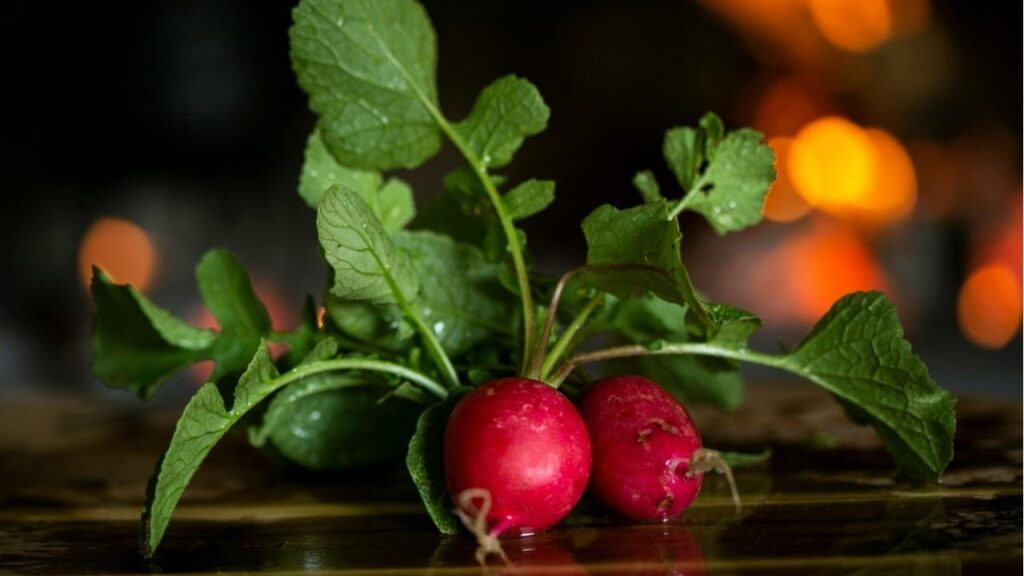
Radishes are an ideal crop for container gardening, maturing fast—often in three to four weeks—and adding a crisp, peppery bite to meals. They need a pot at least 6 inches deep with loose, well-draining soil to allow roots to form properly. Water consistently to avoid splitting or tough textures, and thin seedlings to 2 inches apart so they don’t compete for space. They prefer full sun but can manage with four to six hours. Scatter seeds evenly, and try varieties like ‘French Breakfast’ for a milder flavor or ‘Cherry Belle’ for classic crunch. They’re a great choice if you’re eager for quick results.
For instant gratification in your balcony garden, nothing beats radishes. These crisp, peppery root vegetables go from seed to harvest in as little as 21 days, making them perfect for impatient gardeners or filling spaces between slower-growing crops.
🪴 Container recommendations: 6-8 inches deep with good drainage
🌱 Best varieties: ‘Cherry Belle,’ ‘French Breakfast,’ and ‘Easter Egg’ for container cultivation
☀️ Light requirements: 4-6 hours of sunlight (tolerates partial shade)
💧 Watering needs: Consistent moisture for quick, tender growth
🌿 Succession planting: Sow small batches every 10 days for continuous harvests
✨ Unique tip: Harvest when young (size of a large marble) for best flavor and texture
7 Carrots
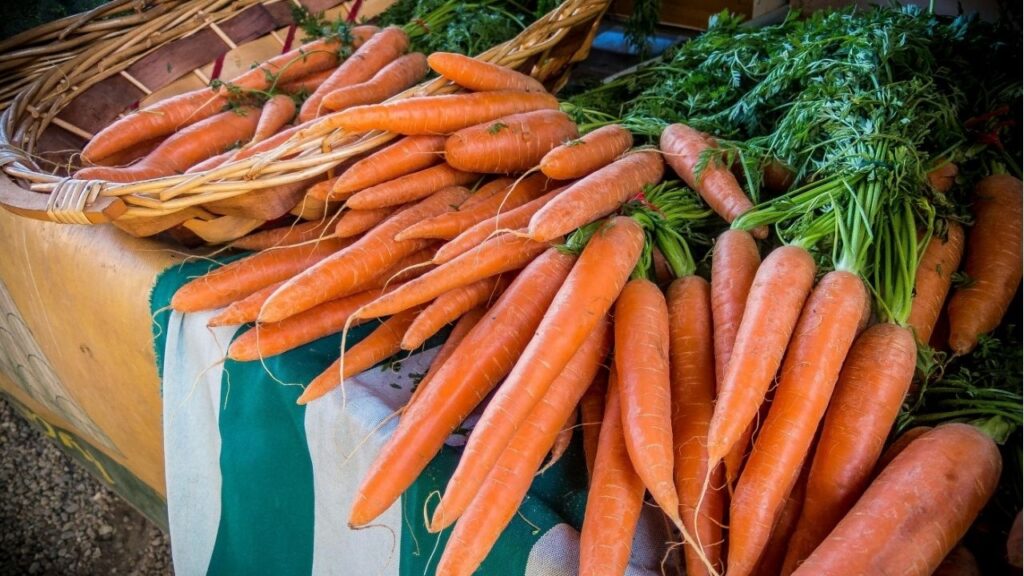
Carrots are a rewarding option for balcony gardens, growing well in containers with minimal fuss. They need a deep pot—10 to 12 inches—to develop straight, tender roots, and loose, sandy soil helps them expand without resistance. Keep the soil moist from planting to harvest; dry spells can make them tough or bitter. They thrive with six hours of sunlight, and thinning seedlings to 2 inches apart prevents overcrowding. Harvest when the tops break the soil surface, usually in two to three months. The greens are edible too—try them in salads or as a garnish forThese root vegetables are surprisingly well-suited to balcony growing, especially shorter varieties that don’t require deep soil.
🪴 Container recommendations: 12-inch deep pot for standard varieties; 8-inch for shorter types
🌱 Best varieties: ‘Paris Market,’ ‘Thumbelina,’ and ‘Short ‘n Sweet’ are container champions
☀️ Light requirements: 6+ hours of sunlight for best development
💧 Watering strategy: Consistent moisture; never let soil dry completely
🌱 Thinning technique: Thin seedlings to 2-3 inches apart for proper root development
🌿 Companion planting: Grow with chives or onions to deter carrot fly
8 Spinach
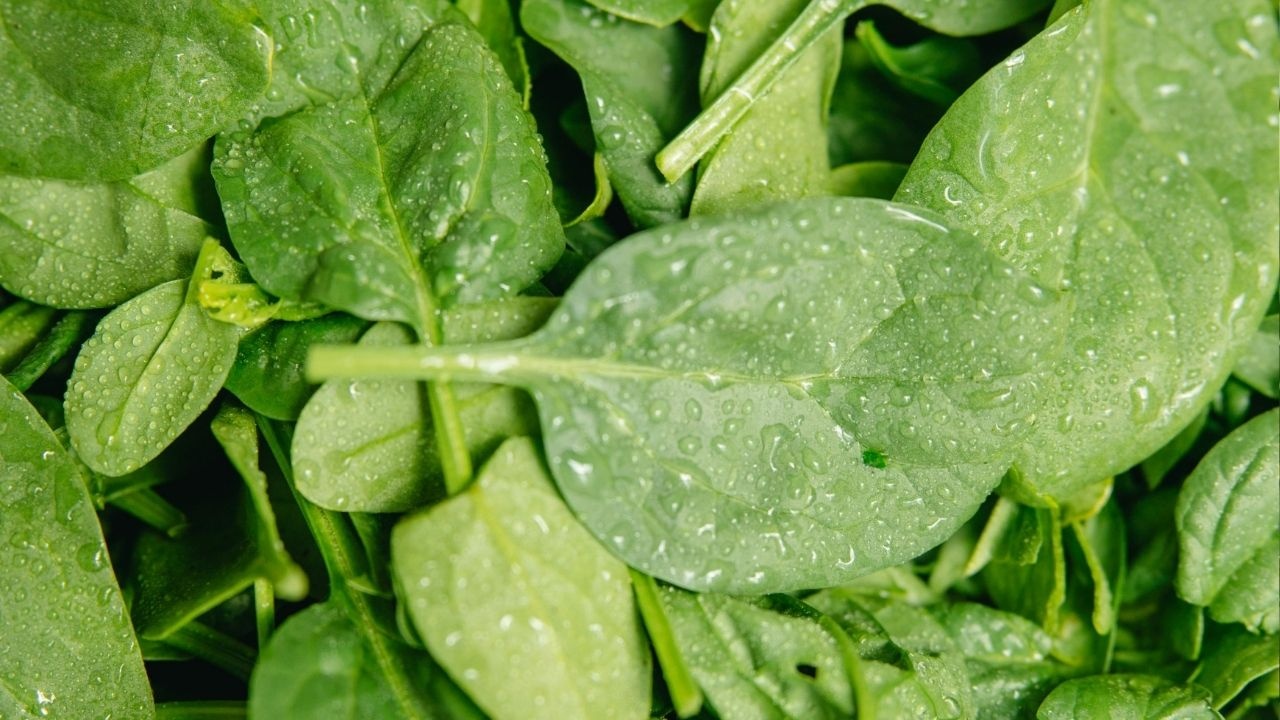
Spinach is a practical choice for small-space gardening, offering nutrient-rich leaves from a modest container. A 6-inch-deep pot is sufficient, and it grows best with four to six hours of sun—provide light shade if your balcony gets intense afternoon heat. Water enough to keep the soil consistently moist, and harvest outer leaves to encourage regrowth over weeks. It prefers cooler conditions, so time planting for spring or fall if possible. Add a light dose of organic fertilizer every few weeks to maintain vigor. Spinach is a reliable green that fits neatly into a balcony garden.
🪴 Container recommendations: 6-8 inches deep with good width for multiple plants
🌱 Best varieties: ‘Bloomsdale,’ ‘Tyee,’ and ‘Space’ are standouts for container cultivation
☀️ Light requirements: 4-6 hours of sunlight (appreciates afternoon shade in hot climates)
💧 Watering needs: Consistent moisture; avoid letting soil dry out completely
🌡️ Temperature tip: Spinach thrives in cooler weather—perfect for spring and fall balcony growing
✂️ Harvesting technique: Pick outer leaves first, allowing center to continue producing
9 Strawberries

Strawberries bring a touch of sweetness to balcony gardening, producing juicy fruit right at home. They need six to eight hours of sunlight, so place them in your sunniest spot, and water when the top inch of soil dries out—good drainage is essential. A 10- to 12-inch pot or a hanging basket works well, and a balanced fertilizer (like 5-10-10) every three weeks keeps them fruitful. Everbearing varieties provide berries throughout the season, not just in one burst. Check for yellowing leaves, which might signal overwatering, and adjust as needed.
🪴 Container recommendations: Strawberry pots with multiple openings or hanging baskets
🌱 Best varieties: ‘Alpine,’ ‘Tristan,’ and ever-bearing types like ‘Ozark Beauty’ for extended harvests
☀️ Light requirements: 6+ hours of sunlight daily
💧 Watering strategy: Keep soil consistently moist but avoid wetting leaves to prevent fungal issues
🌿 Winter care: In colder climates, move containers to a protected area or wrap with burlap
✨ Unique tip: Place pine straw or clean mulch around plants to keep berries clean and prevent rot
10 Zucchini: Compact and Productive
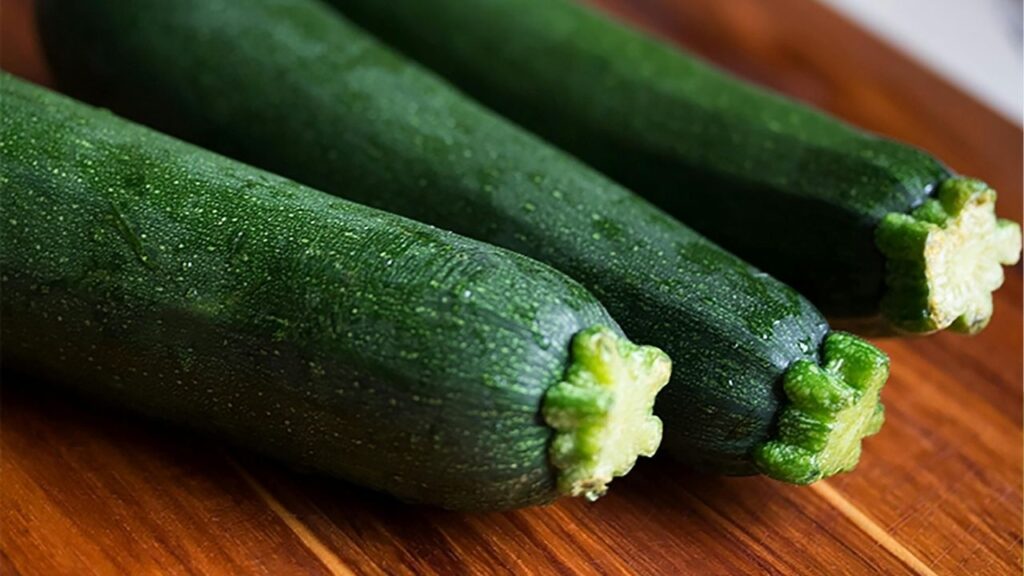
Zucchini is a productive option for balcony gardens, yielding plenty of squash from a single plant in a small footprint. A 14-inch pot suits its roots, and it needs six to eight hours of sunlight to perform at its best. Water regularly to keep the soil moist but not soaked, and mix in compost or a slow-release fertilizer at planting for steady growth. Bush varieties, like ‘Patio Star,’ are bred for containers, though they’ll still spread a bit—give them space to stretch. Support heavy fruits with a small stake if they sag, and keep an eye out for powdery mildew on leaves, which good air circulation can prevent.
Newer bush varieties bring the summer squash experience to balcony gardeners, offering impressive yields from compact plants that won’t overtake your outdoor living space.
🪴 Container recommendations: 5-gallon container (minimum) with excellent drainage
🌱 Best varieties: ‘Bush Baby,’ ‘Patio Star,’ and ‘Eight Ball’ are bred specifically for containers
☀️ Light requirements: Full sun (6-8 hours) for maximum production
💧 Watering strategy: Deep, consistent watering; especially important during flowering and fruiting
🌼 Pollination hack: Hand-pollinate flowers with a small brush for better fruit set in urban environments
⚡ Space-saving tip: Choose bush varieties rather than vining types to maintain compact growth
Frequently Asked Questions
Q: How much sunlight do balcony vegetables need?
A: Most vegetables need 6-8 hours daily. Leafy greens can manage with 4-6 hours.
Q: Can I grow vegetables on a north-facing balcony?
A: Yes! Focus on shade-tolerant crops like lettuce, spinach, and herbs like mint and parsley.
Q: How do I prevent heavy containers?
A: Mix perlite into potting soil, use fabric/plastic pots, and fill large containers’ bottoms with empty plastic bottles.
Q: How often should I fertilize?
A: Apply liquid fertilizer every 2-3 weeks or use slow-release granules at planting time.
Q: What’s the biggest beginner mistake?
A: Poor drainage! Ensure sufficient holes, use proper potting mix, and elevate containers slightly.
Q: Can I reuse potting soil?
A: Yes – remove old roots, add 30-50% new mix plus compost, and replace any soil that contained diseased plants.
Key Takeaways
- 🌞 Match Plants to Light Conditions – Analyze your balcony’s sunlight before choosing crops.
- 💧 Monitor Watering Carefully – Container plants dry out faster than garden beds; check moisture daily.
- 🍃 Right-Size Your Containers – Provide adequate root space for each vegetable type.
- 🌱 Choose Container-Specific Varieties – Look for “bush,” “patio,” or “compact” on seed packets.
- 🌬️ Consider Microclimate Factors – Balconies are often windier and more temperature-variable than ground gardens.
- ♻️ Practice Sustainability – Capture rainwater when possible and consider reusable containers.
Recommended Gardening Tools and Supplies
| Disclosure: If you shop from my article or make a purchase through one of my links, I may receive commissions on some of the products I recommend at no additional cost to you. |
To make your balcony gardening journey smoother, consider these essential tools and products that I personally recommend. They’re perfect for urban gardeners and can be conveniently purchased online:
- Self-Watering Planters
Ensure consistent moisture for your plants with these innovative containers designed for small spaces. - Organic Potting Mix
A high-quality, nutrient-rich soil blend specifically formulated for container gardening. - Ergonomic Gardening Tool Set
Includes all the essentials—trowel, pruners, and more—perfectly sized for balcony gardening.
Next Steps – Explore More Gardening Tips and Ideas
Expand your gardening knowledge with these related articles:
- Vertical Gardening for Small Spaces
Discover creative ways to grow upwards and maximize your balcony space. - Innovative Container Gardening Solutions
Explore unique container ideas that add flair and function to your urban garden. - Year-Round Balcony Gardening Guide
Learn how to extend your growing season and enjoy fresh produce all year.
With the right tools and plants, your balcony can become a thriving urban oasis. Start small, experiment with different plants, and most importantly, enjoy the process. Don’t forget to subscribe to our newsletter to receive the latest gardening tips.
